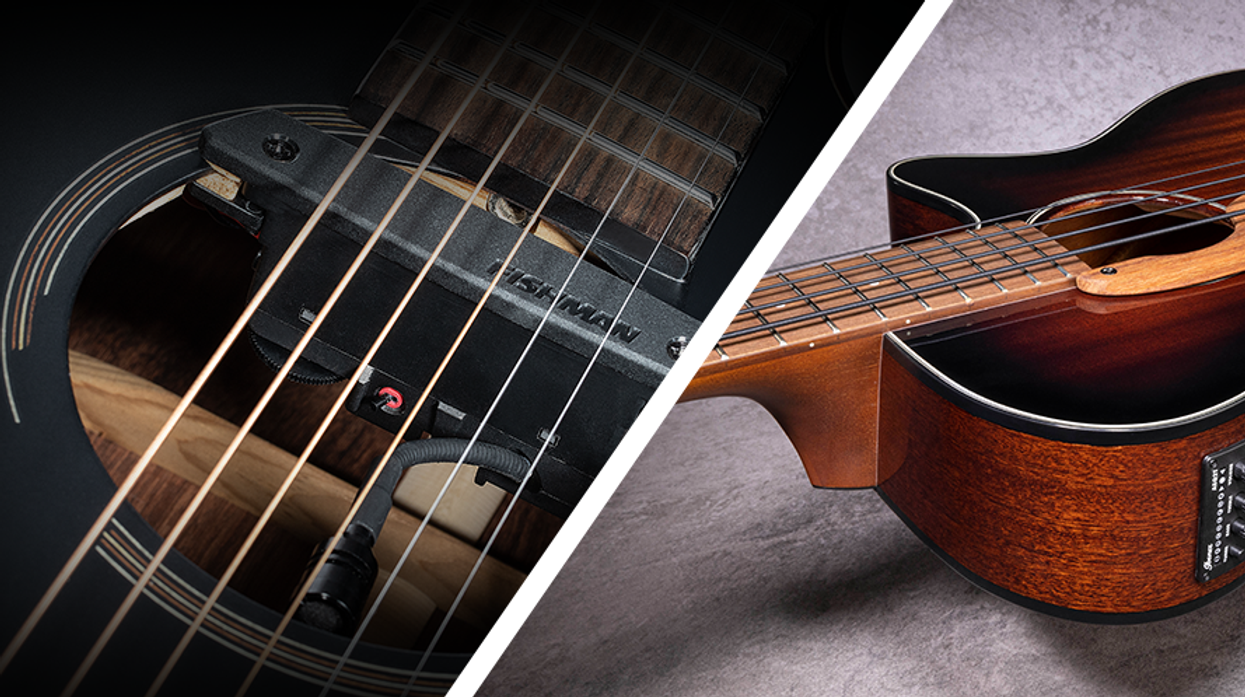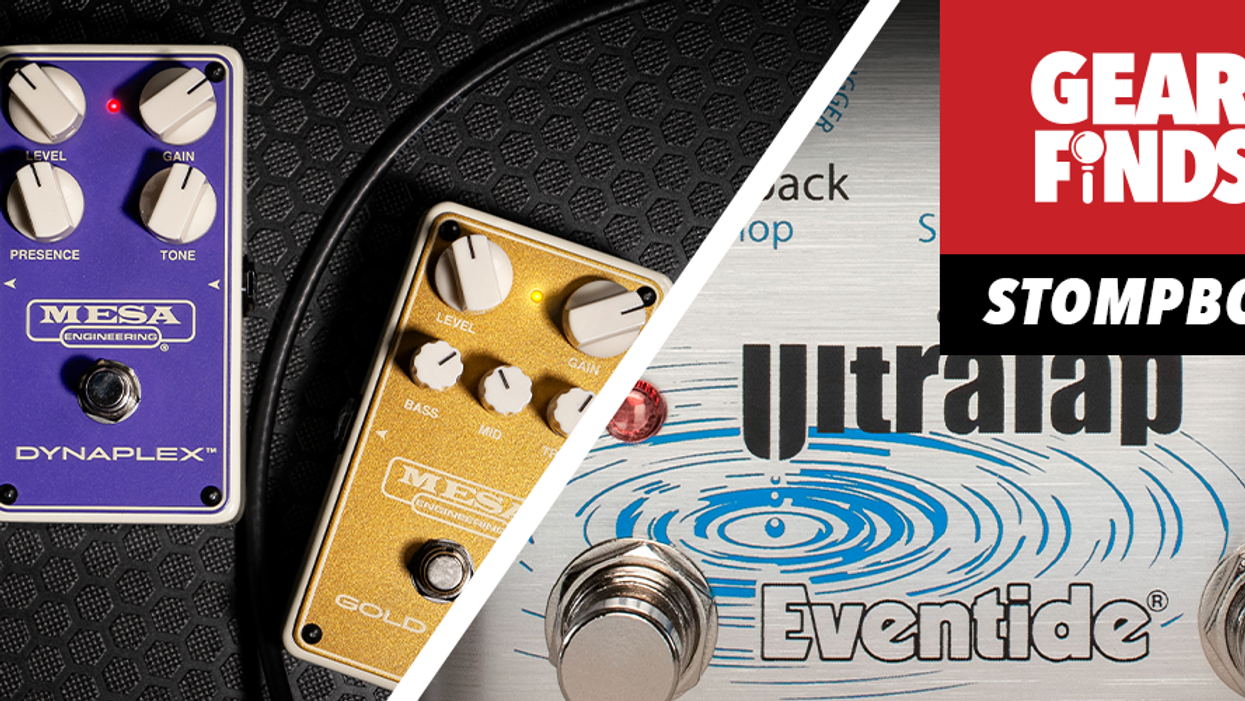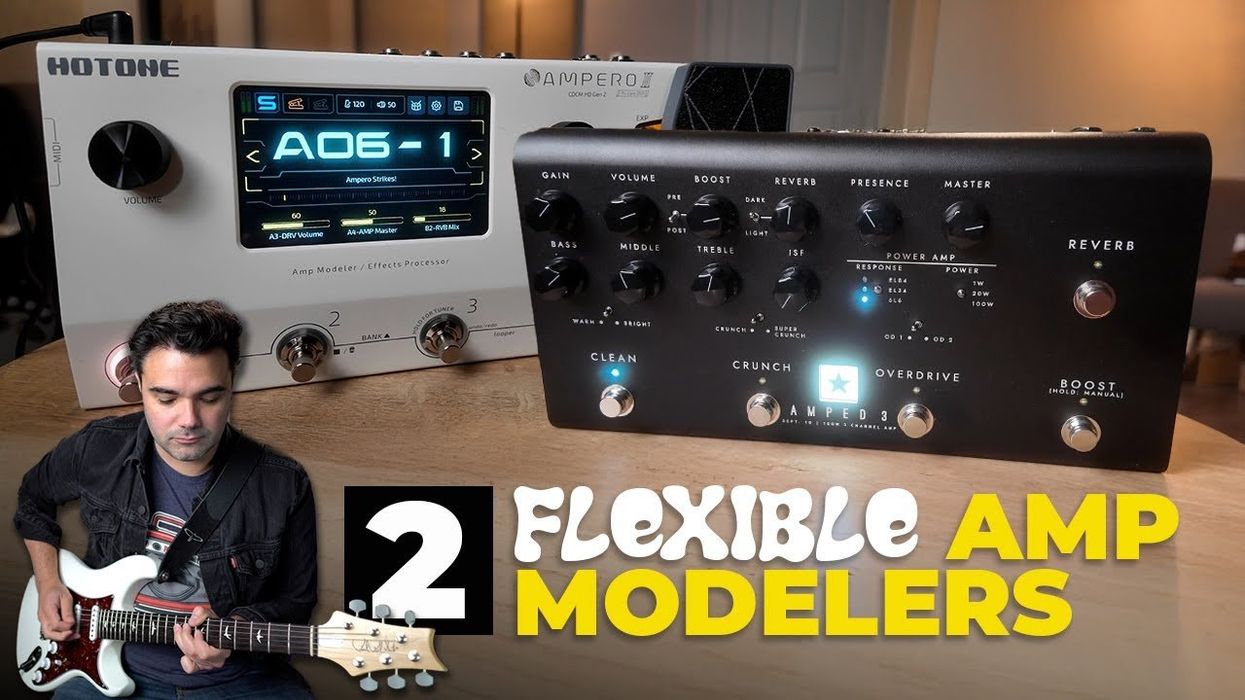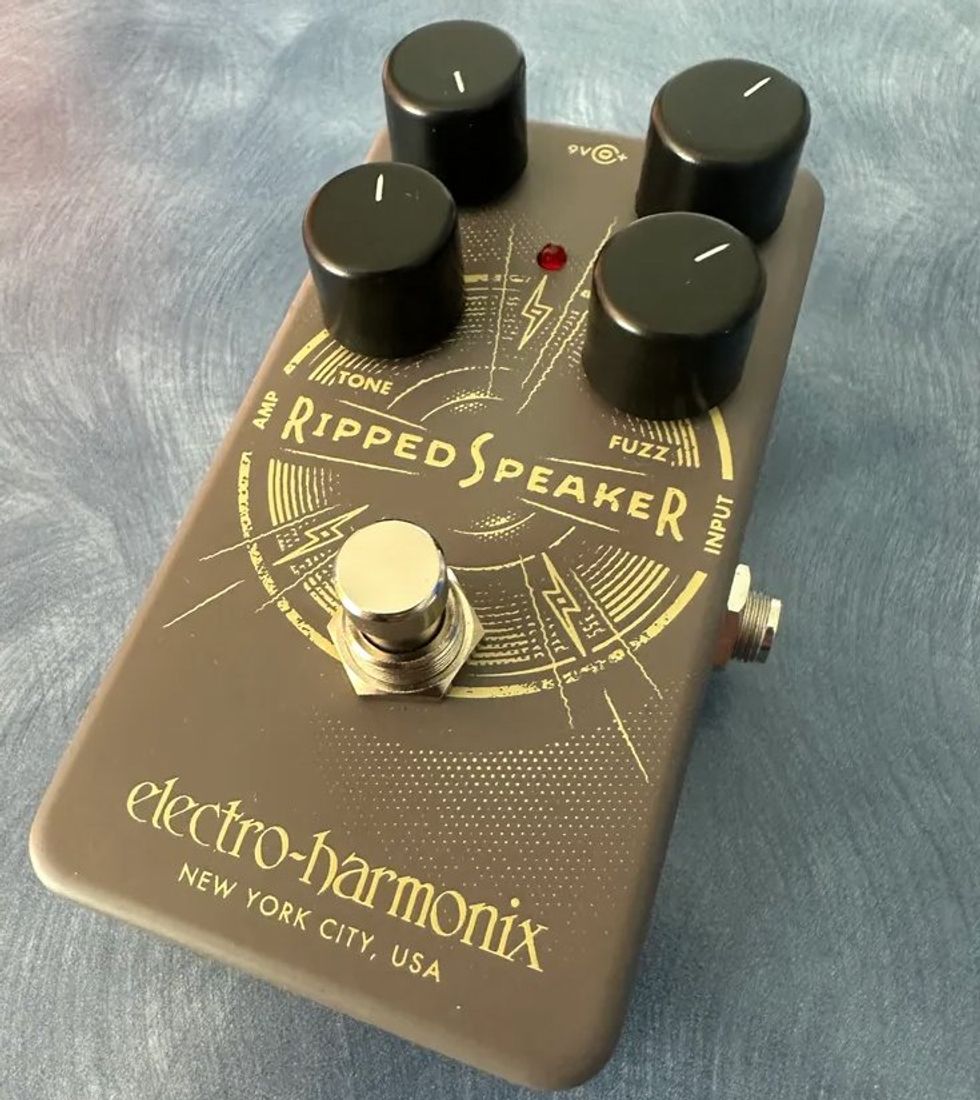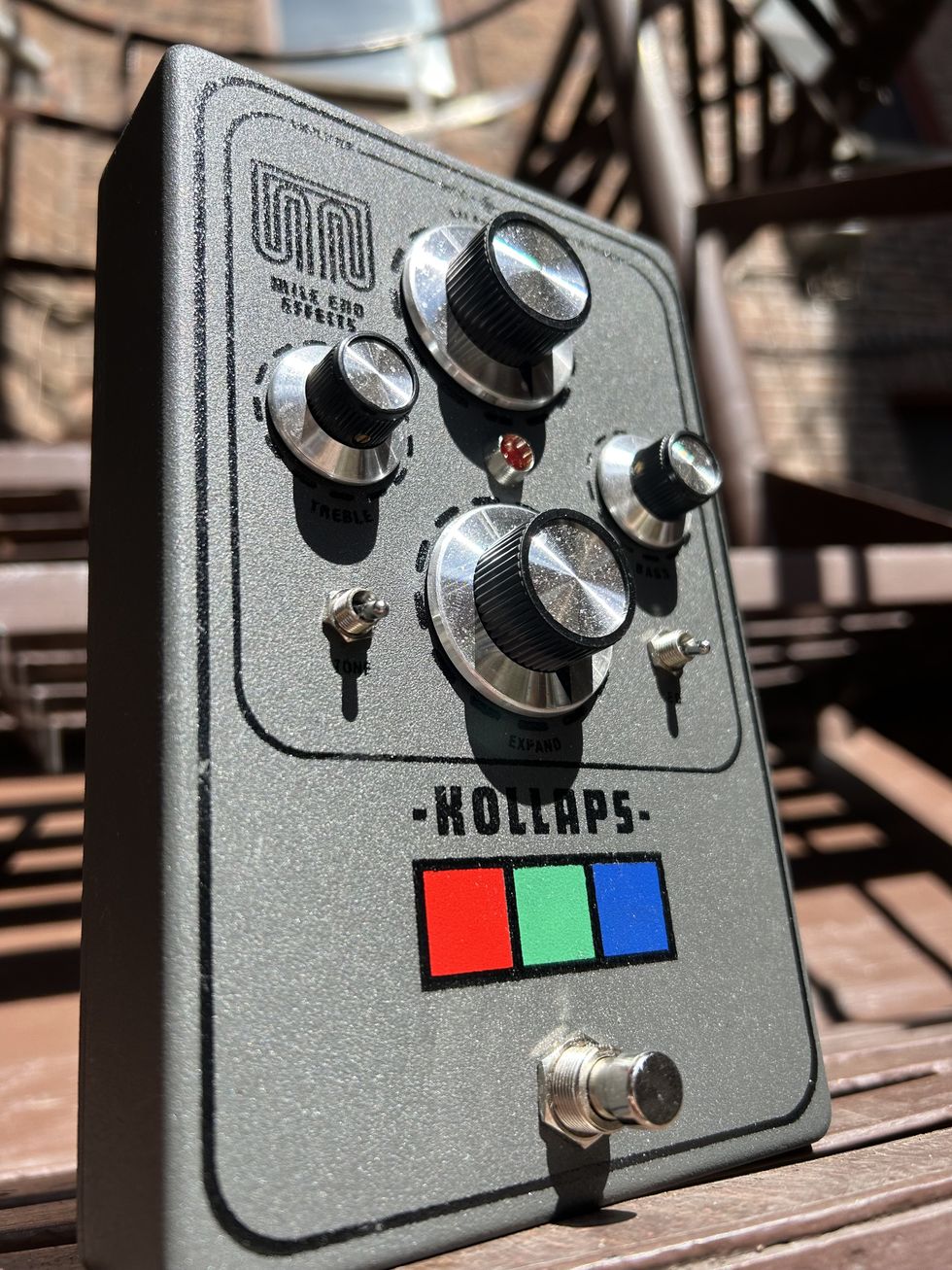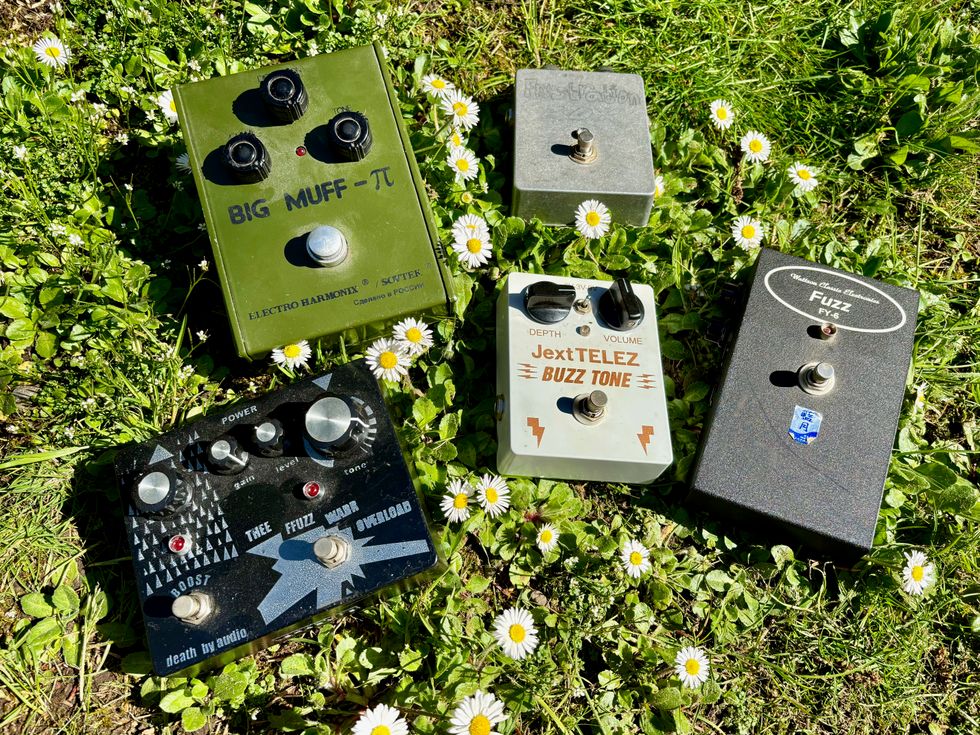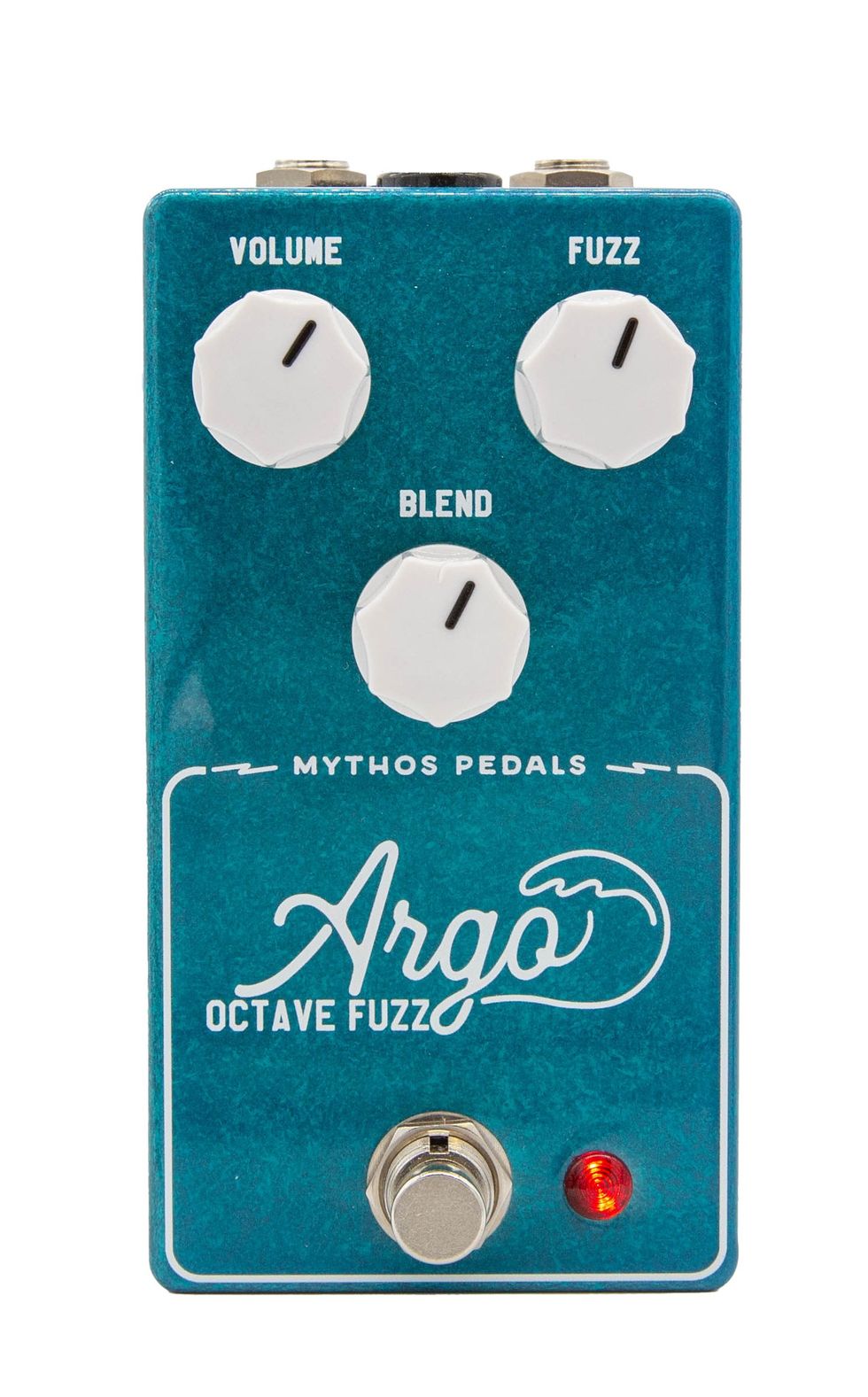Nashville, TN (January 30, 2012) -- Gibson has released two new American-made models: the Shred Les Paul Studio and the SG Diablo Tremolo.
Shred Les Paul Studio
The new Shred Les Paul Studio with Floyd Rose from Gibson USA has all the ingredients that have helped to make the Les Paul a legendary rock axe since the 1950s—including the classic mahogany and maple body construction, glued-in mahogany neck, and dual humbucking pickups—enhanced with the versatility of a genuine Floyd Rose vibrato bridge. To make it all the more appealing for the demanding guitarist on a tight budget, the entire package is wrapped up into the Les Paul Studio format, making the Shred Les Paul Studio with Floyd Rose the latest in a long line of guitars that have been consistent favorites since their introduction in 1983. Blending genuine Gibson Les Paul quality and construction with trimmed-down, no-nonsense styling, the Studio range offers unbeatable value, and provides the perfect home for the powerful new Shred Les Paul Studio with Floyd Rose.
SG Diablo Tremolo
The SG Diablo Tremolo from Gibson USA realizes the full potential of the furious SG design for the 21st century, retaining the classic cut of this iconic electric guitar, but adding a few contemporary twists that make it one of the most powerful and versatile rock weapons available today. With a genuine "double-locking" Floyd Rose vibrato bridge, 24 frets for extended soloing range, two of Gibson's most popular humbucking pickups, and a simplified no-nonsense control layout, the SG Diablo Tremolo hits all the sonic bases you need it to cover, and does so in grand style in a genuine hand-sprayed nitrocellulose finish in gloss Ebony Black.
For more information:
gibson.com


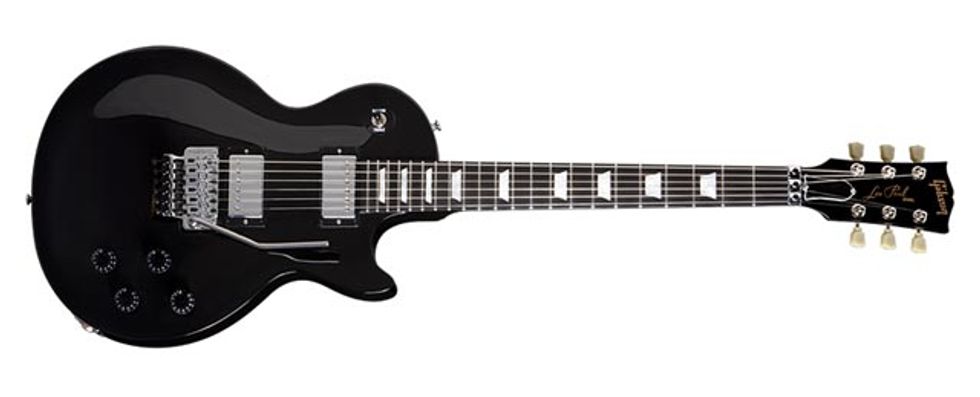
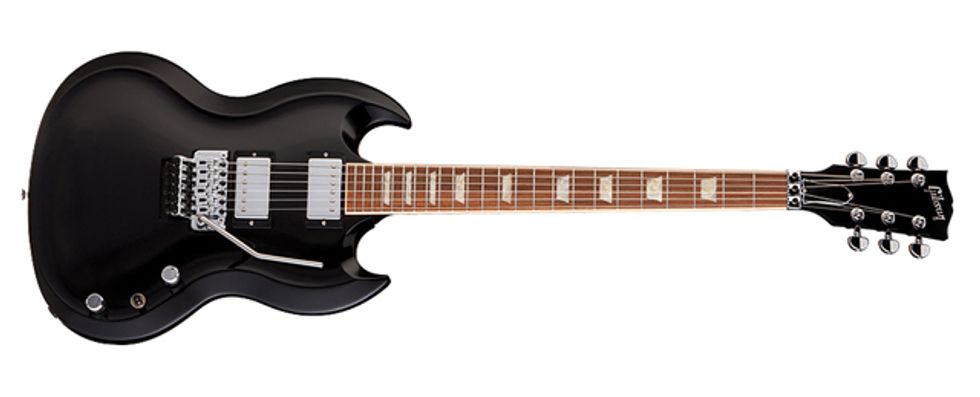
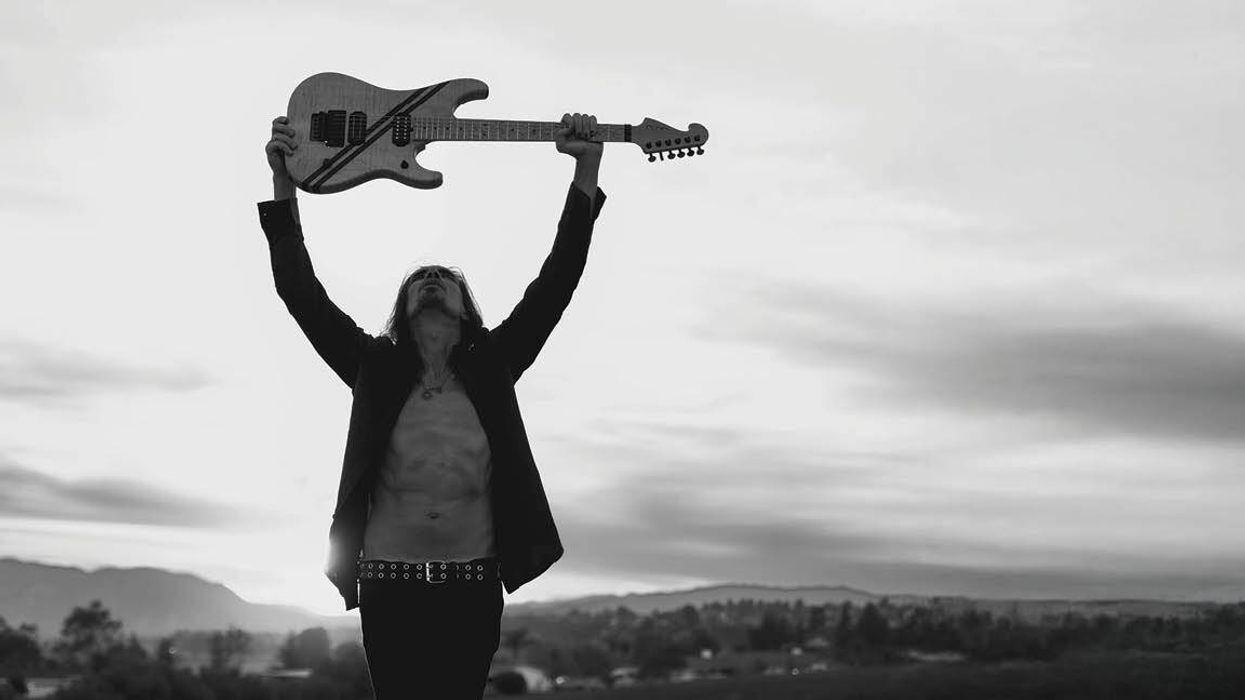
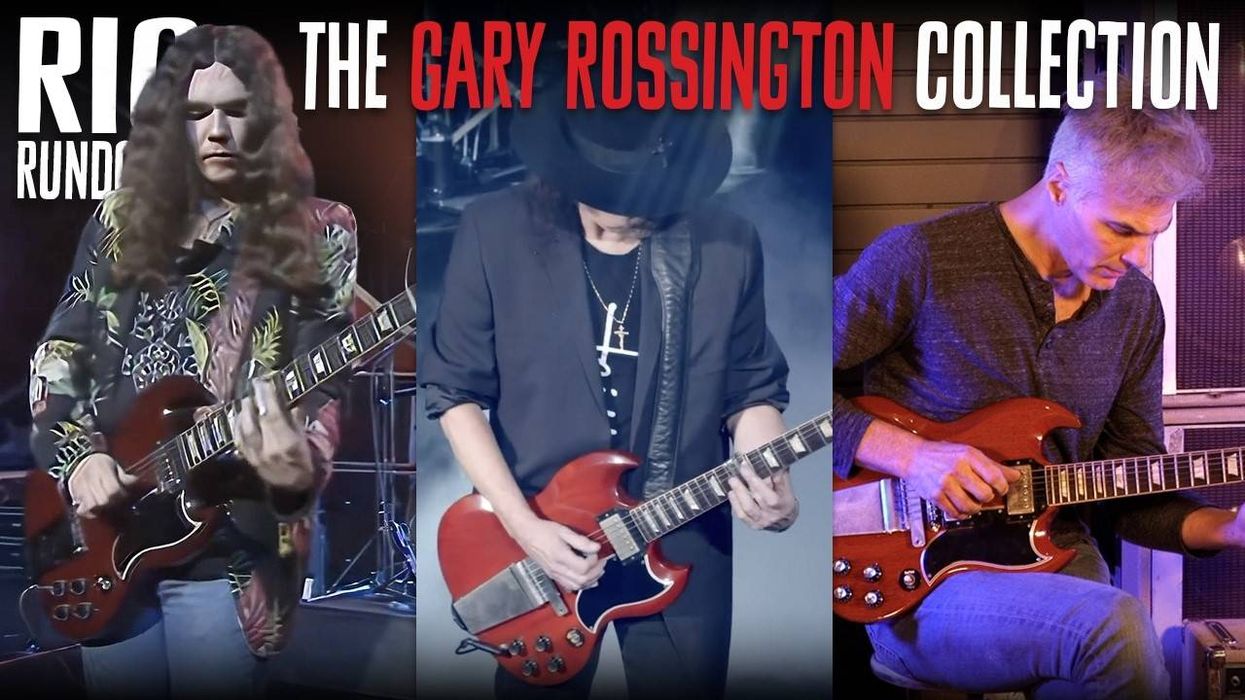

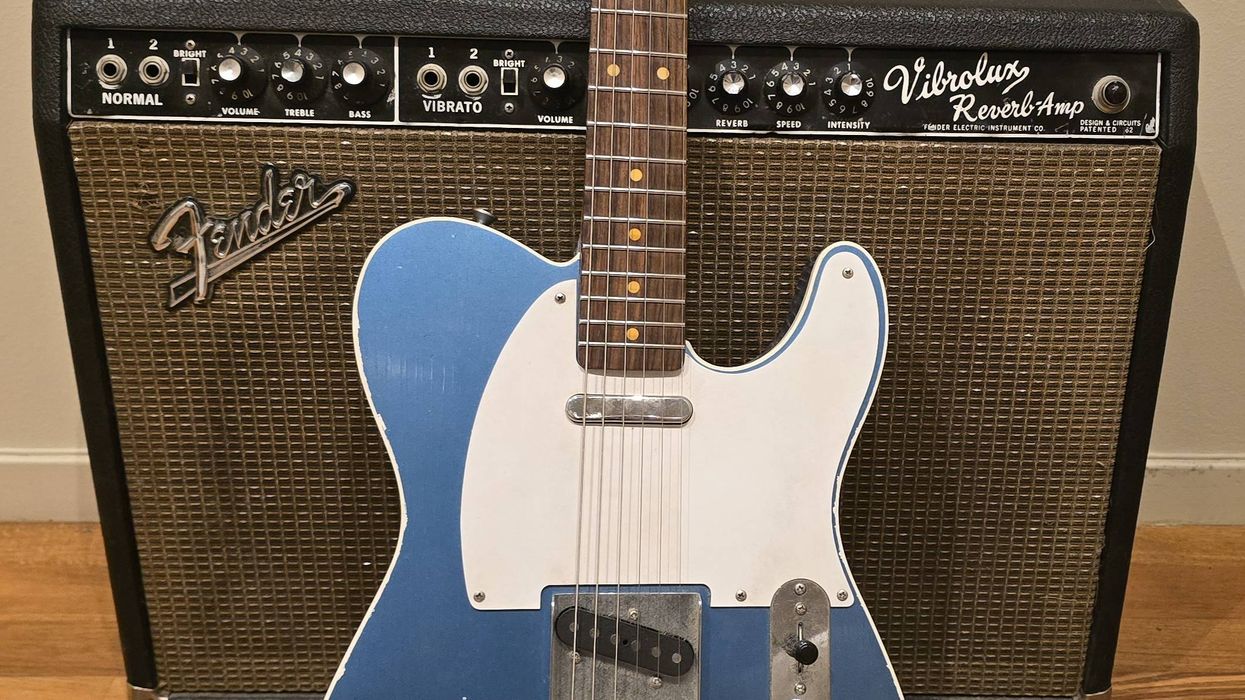

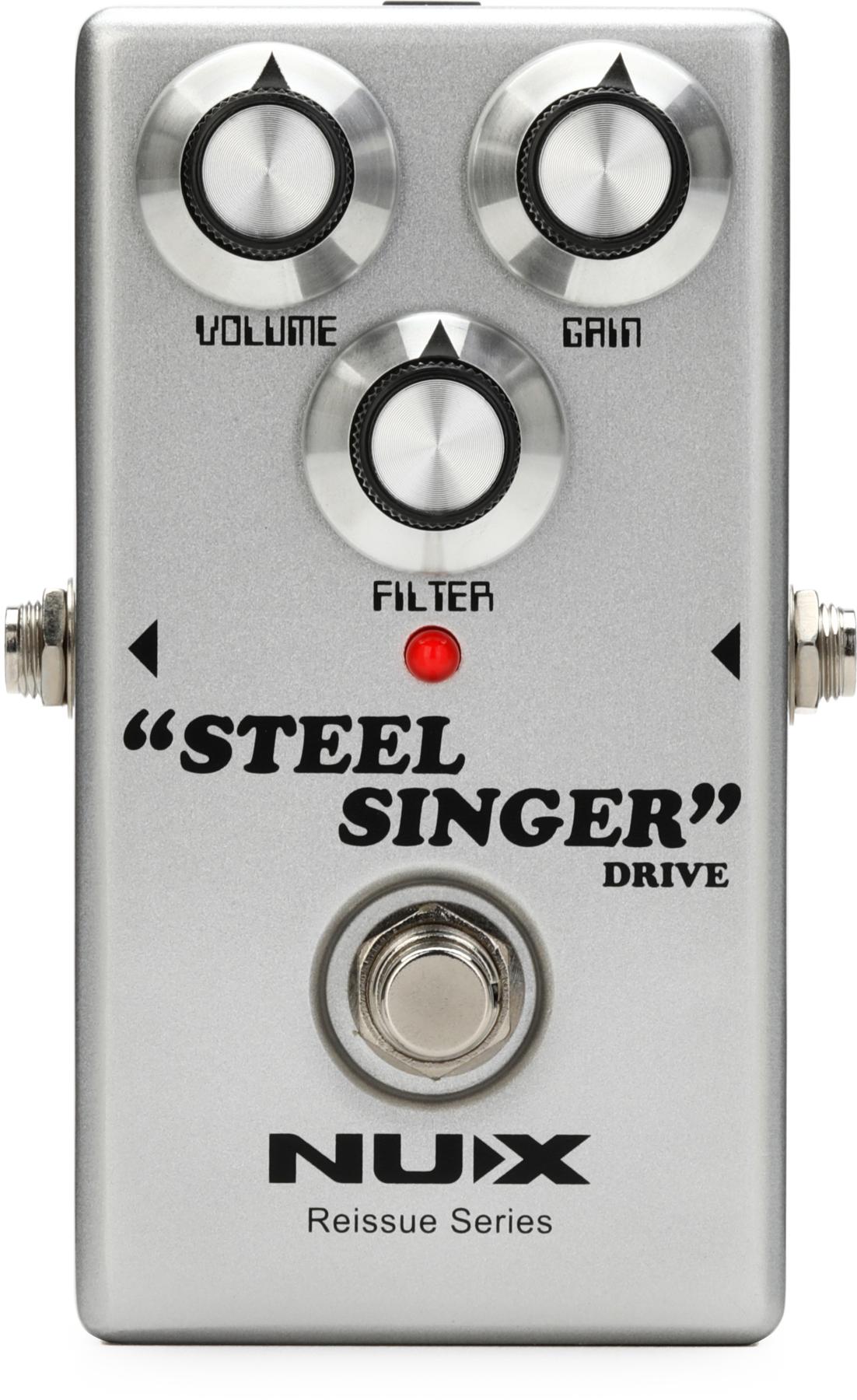
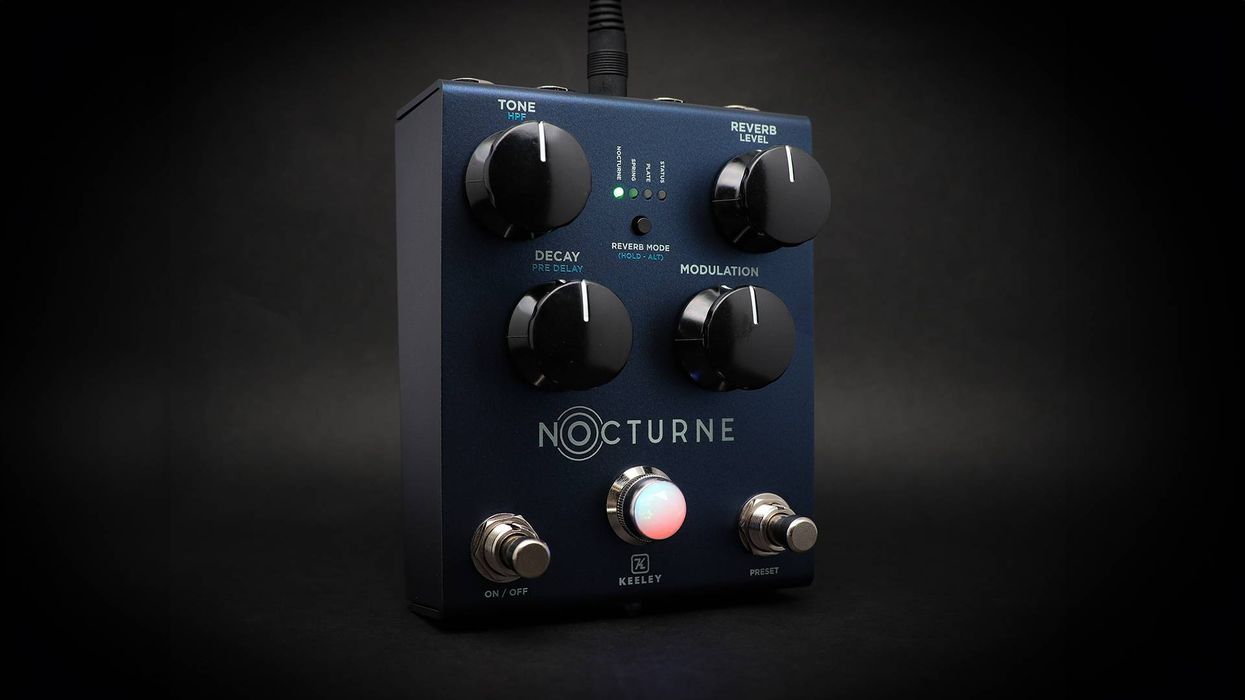
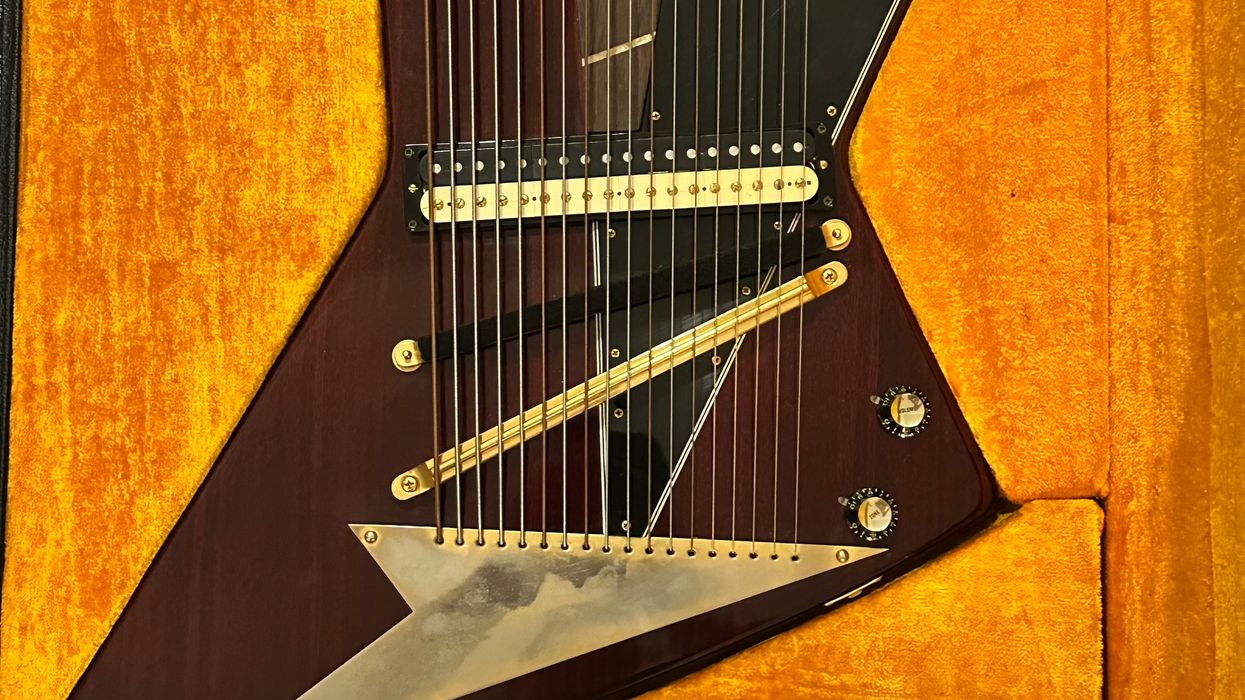
![Rig Rundown: Russian Circles’ Mike Sullivan [2025]](https://www.premierguitar.com/media-library/youtube.jpg?id=62303631&width=1245&height=700&quality=70&coordinates=0%2C0%2C0%2C0)

